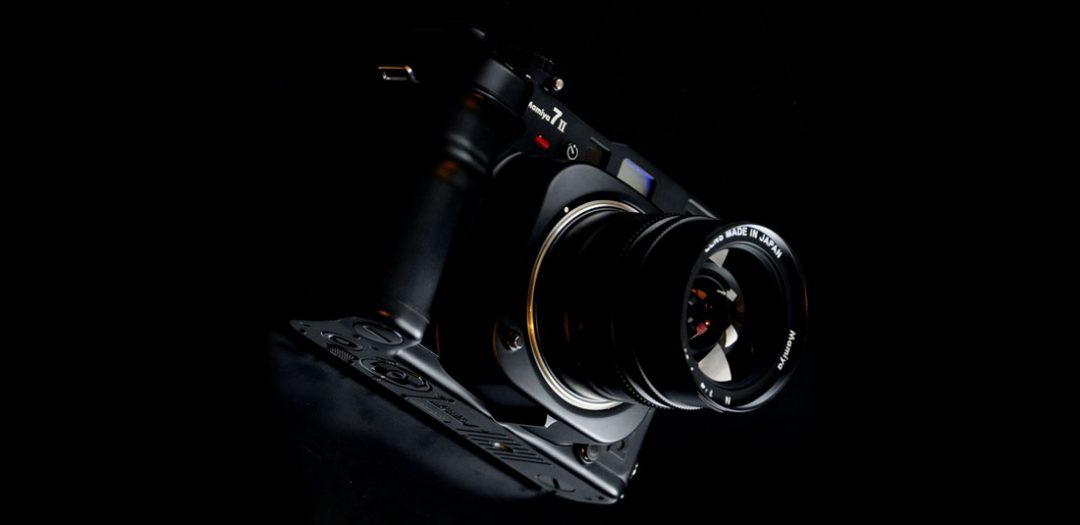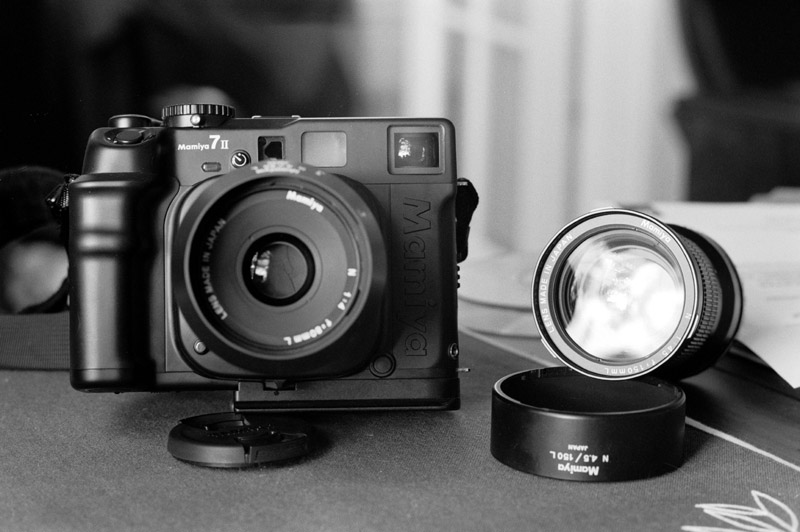
Panorama photography is a small niche in the field, but wide composition is something that has long appealed to me and is not a little influenced by films like The Master and Kenneth Branaugh’s Hamlet.

But the whole point of the camera is the switch that allows it to shoot panoramic 24x72mm negatives. Technically the Hasselblad XPan is a 35mm camera and you can use it to shoot 24x36mm negatives. I love shooting them all because they offer unique compositional challenges. What say you, dear reader? Should I buy a Hologon?Ĭall me a sucker for weird formats Polaroids, square 120, and even 110. A fixed 15mm lens that can’t focus or change aperture on a camera that costs five grand? How does one possibly justify that? I guess if one owns a camera shop and a camera blog whereby the entirety of the business operations consists of buying and selling cameras, and writing articles about special cameras for other photo geeks to enjoy, one might be able to justify the purchase. And then its rarity makes it hard to find even if one has the money (there are a handful of imperfect ones on eBay, usually, but who wants to spend $3,500 on a camera with a hazy lens?).īut beyond the high cost, what really makes the Zeiss Ikon Hologon Ultrawide a Holy Grail camera is that it’s just so impractical. The high price alone puts the Hologon fairly out of reach for most buyers. And $5,500 is just about what a nice, fully functional example will cost today. That’s more than $5,500 in today’s money. The Zeiss Ikon Hologon Ultrawide was and remains an expensive camera. Decades later in 1996, the famed Hologon was recomputed and reborn in Contax G mount, becoming a legendary lens in its own right. In addition, they converted a number of the 15mm Hologon lenses to M mount (less than 1,000 units). For the next few years, Carl Zeiss would produce small batches of Hologon cameras per year. Despite making great cameras, Zeiss Ikon folded in the 1970s, after which their parent company Carl Zeiss took over. So wild, in fact, that Zeiss Ikon, the company who made it, barely sold any units. But back when this camera was made, 15mm was pretty wild. Okay, 15mm by 2020 standards isn’t too wild. It is essentially a finely made metal clockwork camera with an enormously wide lens. The camera has a viewfinder, a bubble level, a pistol grip accessory, a graduated neutral density filter to kill vignetting, a tripod socket, thumb-powered film advance, and a shutter with speeds from 1/500th of a second down to Bulb and T. A mechanical 35mm film camera, it was fitted with the lens from which it derives its name, a Zeiss Hologon 15mm F/8 (fixed aperture, fixed focus). The Zeiss Ikon Hologon Ultrawide was first produced in 1969. The original Hologon lens was fixed to a Hologon camera.
#ZEISS FOR MAMIYA 7 II SERIES#
Most people think I’m talking about the Zeiss Hologon 16mm lens for the Contax G series cameras, or an old (and rare) Zeiss 15mm Leica M mount lens. Just one of them has known what I’m talking about.

I’ve mentioned the Zeiss Ikon Hologon Ultrawide to lots of photo geeks in casual conversation over the past five years. And let us know yours in the comments below. Give a look to the amazing machines which are our writers’ Holy Grail cameras. But what would we pick if we weren’t limited by brand or country or format, etc.? Which one camera would we buy with endless money, throwing practicality aside? That’s the question answered by today’s article.

It’s a fun exercise, and each article results in a sort of All Star Team of gear. In our series of Desert Island articles, we write about the single camera or lens or film we’d choose from different brands or countries or formats if we could only pick one. As is often the case here at Casual Photophile, today’s article was born from a conversation amongst the writing team.


 0 kommentar(er)
0 kommentar(er)
